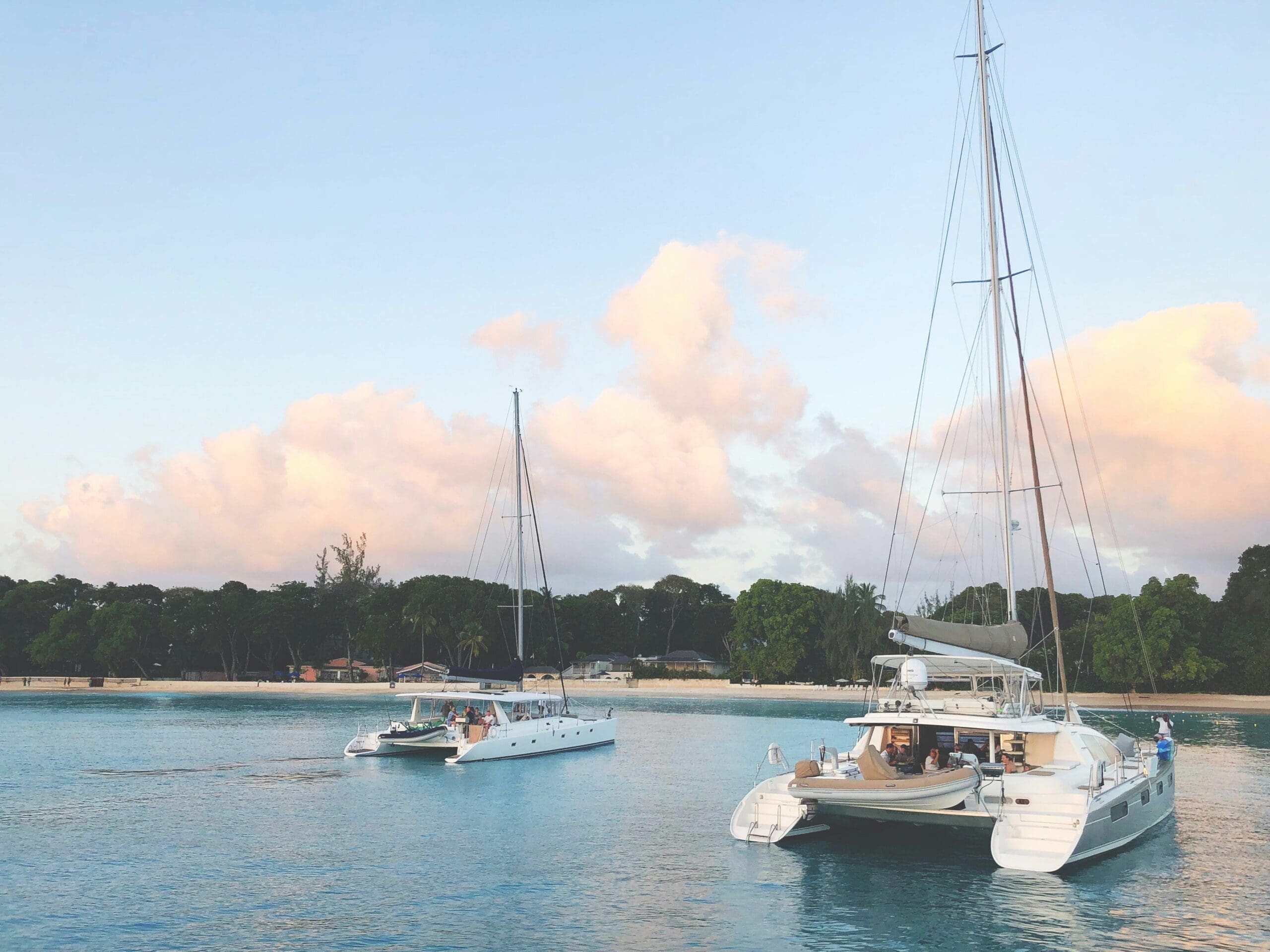Barbados
Country Name: Barbados
Capital City: Bridgetown
Population: Approximately 290,000 (2024 est.)
Official Language: English
Currency: Barbadian Dollar (BBD)
Time Zone: Atlantic Standard Time (AST), UTC -4




Diving Overview
Barbados offers a range of diving experiences with its warm Caribbean waters, featuring coral reefs, shipwrecks, and a variety of marine life. The island’s diverse underwater environments cater to divers of different skill levels.
- Number of Dive Sites: Over 40
- Types of Diving: Reef, wreck, drift, and cave diving.
- Marine Biodiversity Highlights: Turtles, rays, various species of tropical fish, and colorful coral reefs.
- Average Water Temperatures: 26-29°C (79-84°F)
- Visibility Range: 15-30 meters (49-98 feet)
Important Information
Optimal Dive Seasons
The best diving conditions in Barbados are typically from December to May, when the seas are calm and visibility is excellent.
Major Airports
Grantley Adams International Airport (Barbados)
The Travel Tip
A 3mm wetsuit is usually sufficient for diving in Barbados’s warm waters, but consider a thicker suit if you plan to dive deeper or during cooler periods.
Weather Patterns
Barbados enjoys a tropical climate with warm temperatures year-round. The dry season runs from December to May, while the wet season spans from June to November, bringing occasional rainfall and higher humidity.
Internal Transportation
Internal travel options include taxis, rental cars, and public buses. Barbados is well-connected with a comprehensive road network and frequent local transportation services.
Attractions
Top attractions in Barbados include the historic Bridgetown, the picturesque beaches of the West Coast, the natural beauty of the Harrison’s Cave, and the lush landscapes of the Andromeda Botanical Gardens.
Top Dive Regions
Barbados is renowned for its stunning underwater landscapes and vibrant marine life, offering a range of dive sites suitable for all levels. West Coast dives feature beautiful coral reefs and shipwrecks, with popular sites like the Stavronikita wreck and Carlisle Bay offering rich marine biodiversity. South Coast sites such as the Coral Reef and the Dottins Reef offer colorful coral formations and abundant fish life, ideal for both novice and experienced divers. North Coast diving is known for its dramatic underwater topography and less frequented dive sites, providing a sense of exploration and tranquility. Finally, East Coast offers exciting wall dives and the chance to encounter larger pelagic species, with rugged reef structures and clear waters providing a different diving experience. These regions showcase Barbados’s diverse marine environments and make it a top destination for divers.

West Coast
Features stunning coral reefs and shipwrecks, with notable sites like the Stavronikita wreck and Carlisle Bay offering vibrant marine life.

South Coast
Offers colorful coral formations and abundant fish life, with dive sites like Coral Reef and Dottins Reef providing excellent visibility and diverse marine species.

North Coast
Known for dramatic underwater topography and less crowded dive sites, providing a unique and serene diving experience.

East Coast
Offers exciting wall dives and encounters with larger pelagic species, featuring rugged reef structures and clear waters for an adventurous dive experience.
Marine Life
Barbados is renowned for its rich marine biodiversity, with its clear waters and diverse underwater habitats providing a haven for a variety of marine species. The coral reefs along the West and South Coasts are home to an array of tropical fish, including parrotfish, angelfish, and butterflyfish. Divers can also encounter sea turtles, which are commonly spotted around the island. The reefs provide shelter for rays, including the southern stingray and eagle ray, and various species of moray eels. In addition, the waters around Barbados are frequented by pelagic species such as barracudas and occasional sightings of reef sharks. The island’s marine environments are supported by nutrient-rich waters, which foster vibrant coral formations and a healthy ecosystem. Barbados offers a wonderful destination for observing both resident and migratory marine species.
Common Species: Tropical fish (parrotfish, angelfish, butterflyfish), sea turtles, rays (southern stingrays, eagle rays), moray eels, barracudas, and reef sharks.
Seasonal Highlights: While Barbados has a relatively consistent marine environment year-round, the best visibility and marine encounters are often found from December to May, during the dry season. This period offers optimal conditions for diving and snorkeling.



